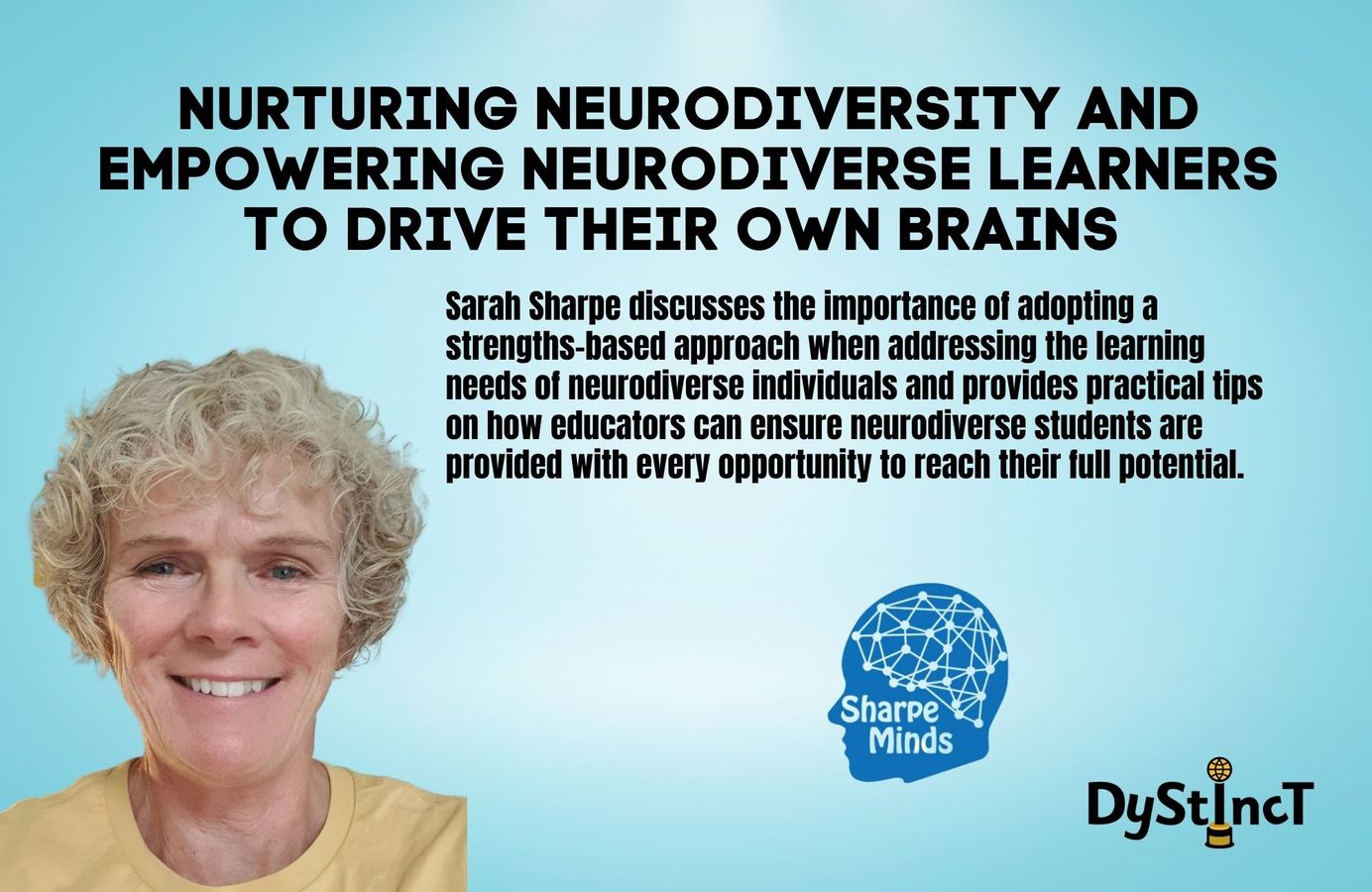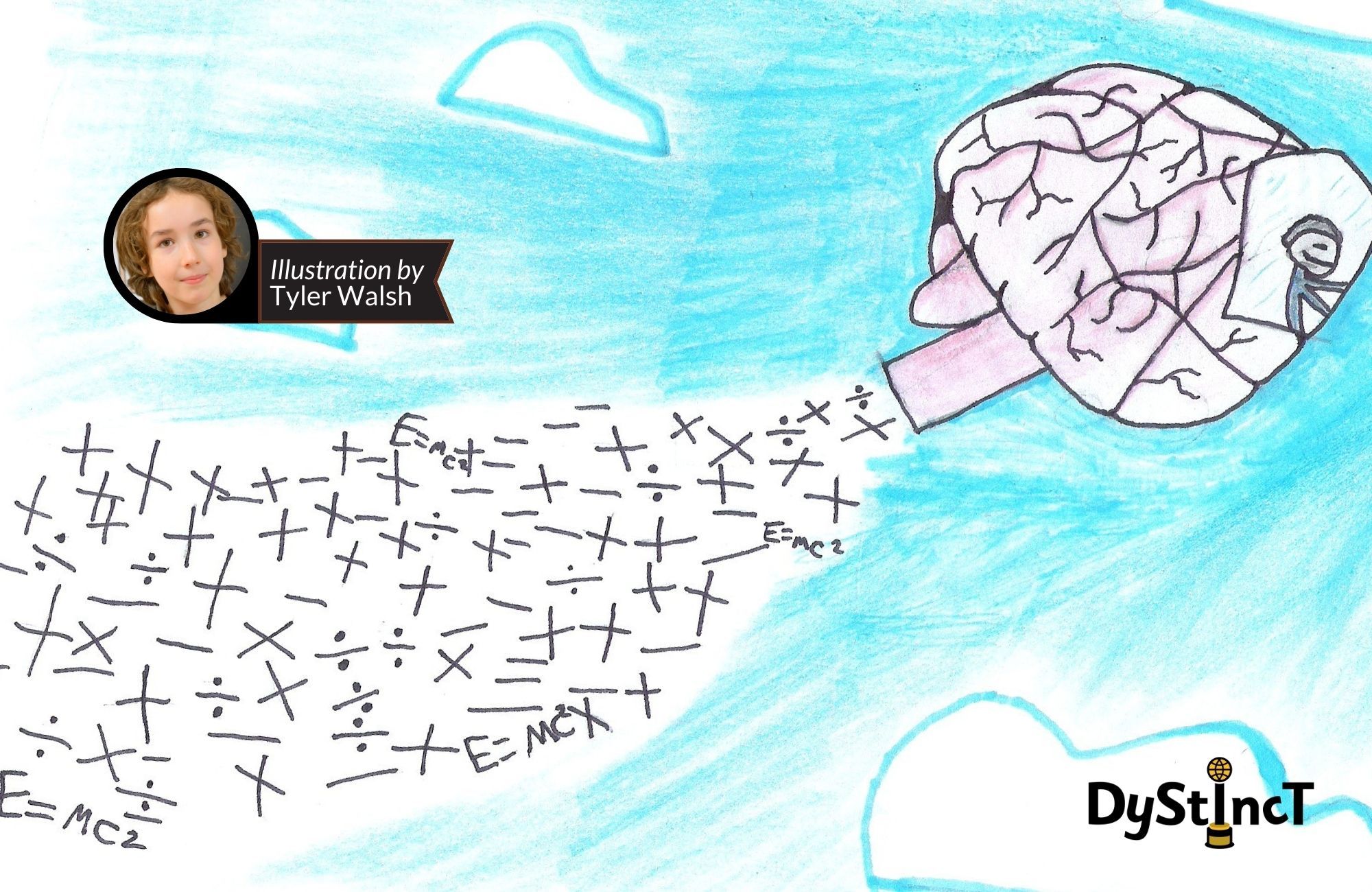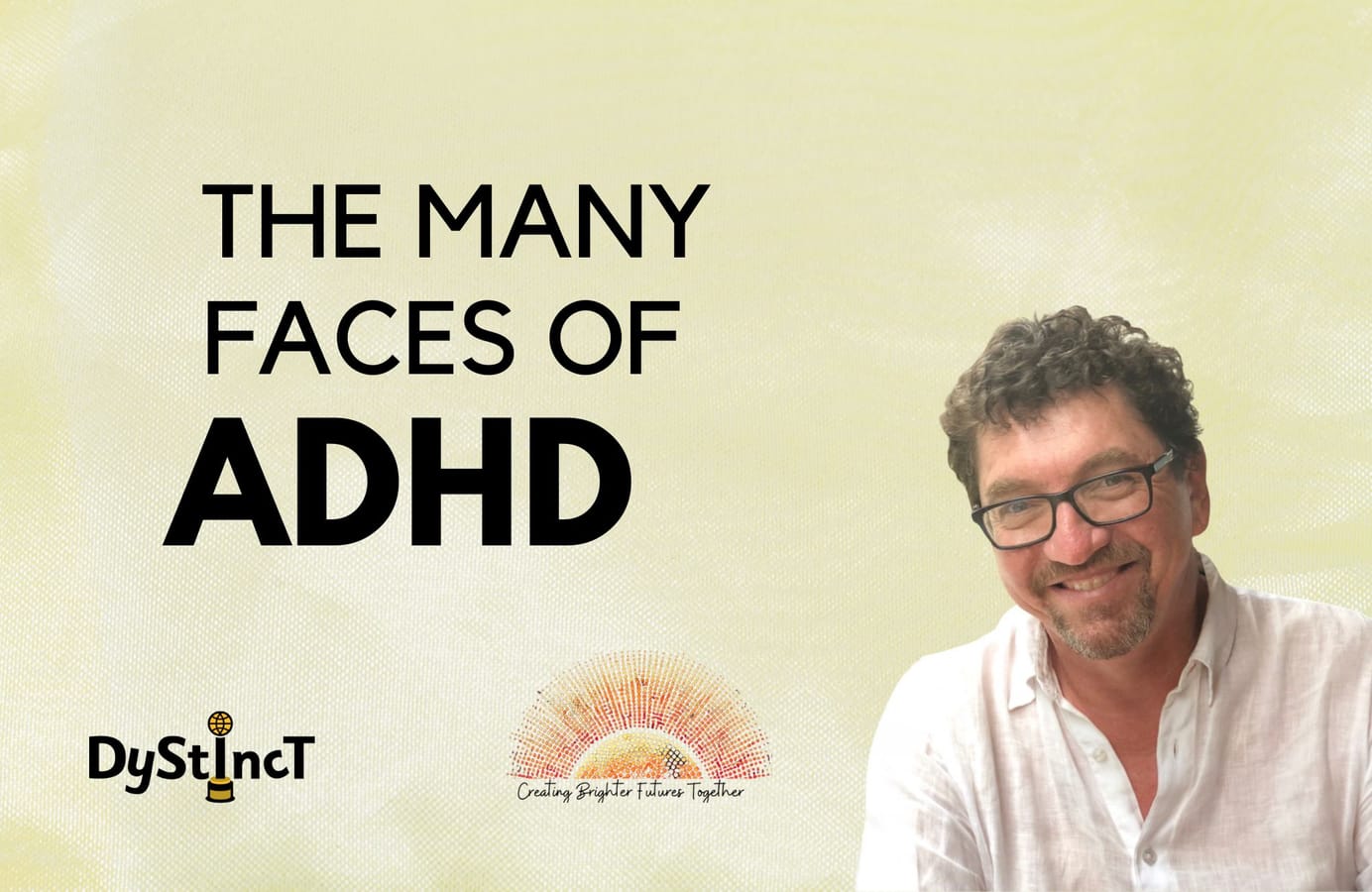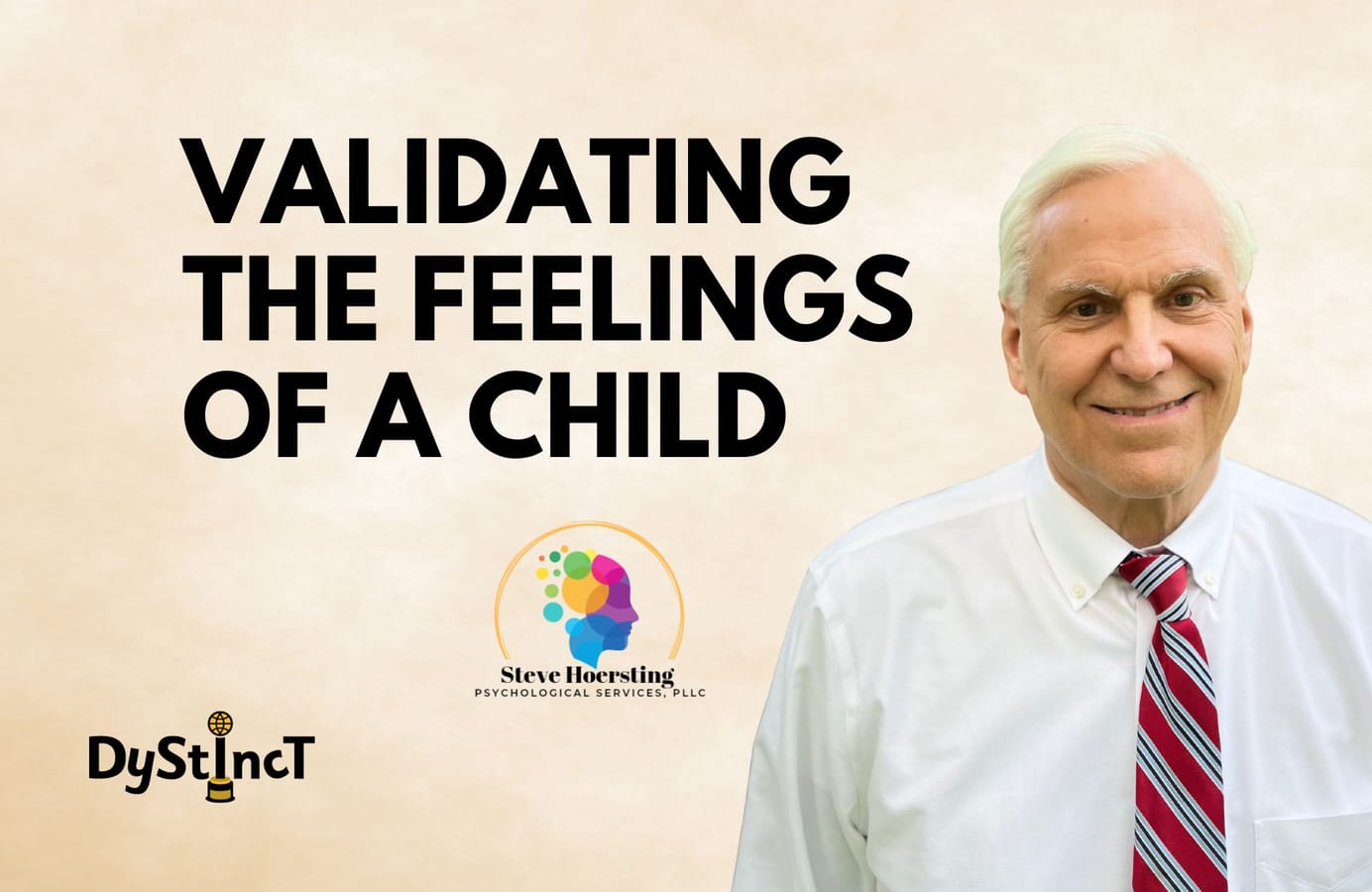
Issue 14: Nurturing Neurodiversity and Empowering Neurodiverse Learners to Drive Their Own Brains | Sarah Sharpe
Sarah Sharpe discusses the importance of adopting a strengths-based approach when addressing the learning needs of neurodiverse individuals and provides practical tips on how educators can ensure neurodiverse students are provided with every opportunity to reach their full potential.

A Strengths-Based Approach
Neurodiversity needs to be acknowledged, embraced and celebrated. Sadly, for far too long, dyslexia and other neurodiverse learning differences have been viewed through a negative lens by our education system and society.
Historically, society and our education system have valued conventional academic success above all else. This system dates back to the Industrial Revolution, with children sorted 'according to their date of manufacture,' progressing through a very linear, standardised model of education. Students whose brain wiring enables them to be good at reading, writing, spelling and maths succeed in this system, as these are the conventional academic markers of success. However, around 20% of students are likely to disengage in this system as it is not geared to their strengths and does not necessarily value them. Indeed, the focus has been on what neurodiverse learners can't do and has seen them labelled as 'non-academic' and not successful. This deeply entrenched negative perception of neurodiversity needs to be addressed and eliminated.
Every individual has different strengths and challenges, and that is what makes us unique as human beings and enriches society. Indeed, many movers and shakers in society have been, and still are, those who are neurodiverse. Therefore, it is vital that every individual's strengths, abilities, and what they can do, are at the forefront of an educational pathway. In other words, we must 'flip our thinking' when addressing the learning needs of neurodiverse individuals and focus our approach on strengths, not weaknesses.
How can we do this?
Metacognition can be defined as 'an awareness and understanding of one's own thought processes.' It can be thought of as 'knowing how I learn' and is one of the most impactful and cost-effective teaching strategies for all learners. It is immensely enabling and empowering as it allows learners to take control of their learning and drive their own brains. It encourages active learning and keeps learners engaged. Understanding how they learn best, what their strengths and challenges are, and what strategies will best support them are vitally important prerequisites to success for all learners. Teaching metacognition creates an understanding that we are all neurodiverse to some degree and brings acceptance and a celebration of diversity.
Completing a Personal Learning Profile or something similar becomes an extremely useful reference when teaching metacognition. Learners gain an insight into how the human brain works, the variety of ways that we learn, our strengths and challenges, and how we can use our strengths to support our learning.
This post is for paying subscribers only
SubscribeAlready have an account? Log in


